Introduction
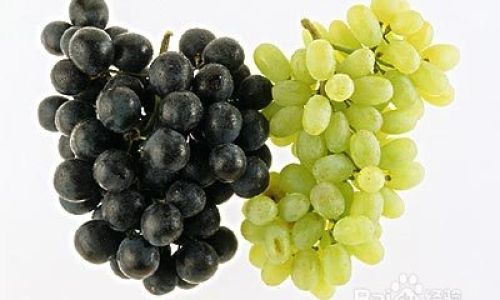
Grapes, with their juicy sweetness and vibrant hues, are a delight to both the palate and the senses. Whether enjoyed as a refreshing snack, incorporated into salads, or turned into homemade wine, grapes offer a myriad of culinary possibilities. However, maintaining their freshness can be a challenge, especially during their peak season when abundant harvests can overwhelm even the most diligent of eaters. In this article, we will explore various methods for preserving fresh grapes, ensuring they retain their taste, texture, and nutritional value for as long as possible.
Understanding Grape Preservation Basics
Before diving into specific preservation techniques, it’s crucial to understand the fundamental principles behind keeping grapes fresh. Grapes are highly perishable due to their high moisture content and delicate skin, which makes them susceptible to mold, decay, and dehydration. Proper preservation involves controlling factors such as temperature, humidity, and exposure to oxygen to slow down the spoilage process.
Refrigeration: The First Line of Defense
The simplest and most effective way to extend the shelf life of fresh grapes is by refrigerating them. Cold temperatures slow down the growth of bacteria and fungi, thereby delaying spoilage. Here are some guidelines for refrigerating grapes:
-
Rinse Carefully: Before storing, gently rinse grapes under cold running water to remove dirt and pesticides. Avoid soaking them, as this can promote mold growth. Pat them dry with a clean paper towel or let them air-dry on a kitchen towel.
-
Remove Stems and Any Damaged Grapes: Stems can harbor bacteria, and damaged grapes can quickly spoil the entire batch. Cut the stems close to the fruit and discard any grapes that are bruised, soft, or moldy.
-
Store in an Airtight Container: Place the grapes in a plastic container or a resealable bag, ensuring there’s minimal headspace to limit oxygen exposure. A loose paper towel can be placed inside the container to absorb excess moisture.

-
Check Regularly: Even in the fridge, grapes should be inspected periodically. Remove any grapes that show signs of spoilage immediately to prevent it from spreading.
Freezing Grapes: For Long-Term Storage
For those who want to enjoy grapes beyond their natural season, freezing is an excellent option. Freezing preserves the grapes’ natural sweetness and texture, making them perfect for smoothies, baking, or as a frozen treat. Here’s how to do it:
-
Prepare the Grapes: Follow the same cleaning and stemming process as for refrigeration. Pat the grapes dry thoroughly to prevent ice crystals from forming during freezing.
-
Flash Freezing: Spread the grapes in a single layer on a baking sheet lined with parchment paper. Place the sheet in the freezer until the grapes are frozen solid, which usually takes a few hours. This step prevents the grapes from sticking together when stored in a container.
-
Transfer to a Freezer Bag: Once frozen, transfer the grapes to a freezer-safe bag, removing as much air as possible before sealing. Label the bag with the date for future reference.
-
Use Within Months: Frozen grapes can be kept for up to six months, though their quality may decline slightly over time.
Drying Grapes: A Natural Preservation Technique

Dried grapes, commonly known as raisins, are a concentrated source of energy and nutrients, making them a great snack option. Drying grapes removes most of their moisture, creating an environment hostile to microbial growth. Here’s how to dry grapes at home:
-
Choose the Right Grapes: Thompson seedless grapes are ideal for drying because they have a high sugar content and firm texture.
-
Clean and Stem: Wash and stem the grapes as usual. You can also pierce each grape with a needle or toothpick to allow moisture to escape more easily.
-
Drying Methods: There are several ways to dry grapes, including using a food dehydrator, an oven set to a very low temperature (around 140°F or 60°C), or even sun-drying in warm, dry weather. Dehydrators are the most efficient and provide the best control over the drying process.
-
Store in an Airtight Container: Once fully dried, raisins can be stored in an airtight container in a cool, dark place for several months.
Canning Grapes: Preserving in Syrup
Canning grapes in syrup is a less common but equally effective preservation method, especially for those who prefer their grapes with a bit of sweetness. This technique involves packing grapes into jars and covering them with a syrup solution before processing in a water bath canner.
-
Prepare the Grapes and Syrup: Wash, stem, and halve or leave whole the grapes based on preference. Prepare a simple syrup by boiling equal parts sugar and water until the sugar is fully dissolved.

-
Pack the Jars: Pack the grapes tightly into clean, sterile jars, leaving headspace for expansion. Pour hot syrup over the grapes, ensuring they are completely submerged.
-
Process in a Water Bath Canner: Place the jars in a water bath canner, ensuring the water covers the jars by at least 1-2 inches. Process at a rolling boil for 20-30 minutes, depending on jar size and altitude.
-
Store in a Cool, Dark Place: Once cooled, canned grapes can be stored in a cool, dark pantry for up to a year.
Conclusion
Preserving fresh grapes doesn’t have to be a daunting task. By understanding the basic principles of preservation and employing techniques such as refrigeration, freezing, drying, and canning, you can enjoy the sweet, juicy delights of grapes year-round. Each method offers unique benefits and suitability for different uses, so choose the one that best aligns with your needs and preferences. With these tips and techniques, you’ll be able to keep your grapes fresh, delicious, and ready to enjoy whenever the mood strikes.
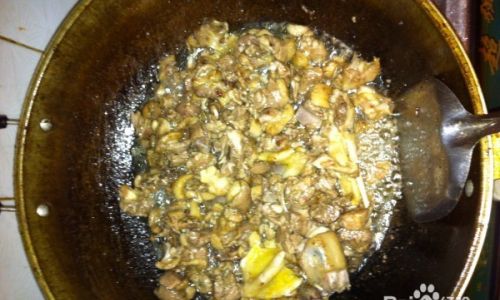
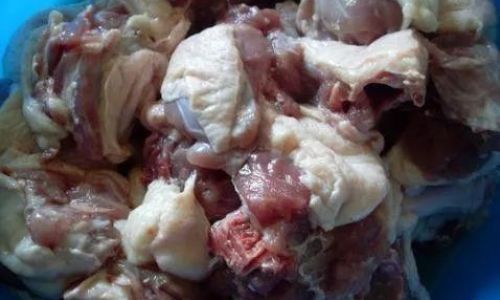

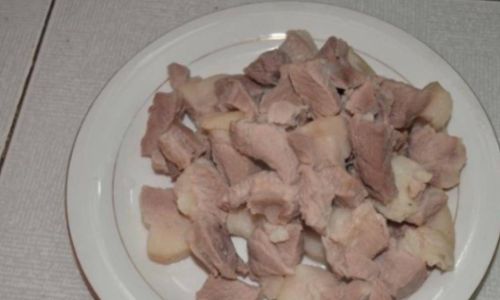
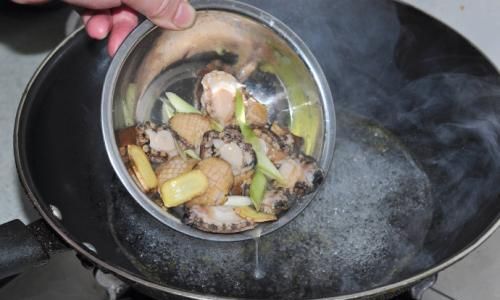
0 comments